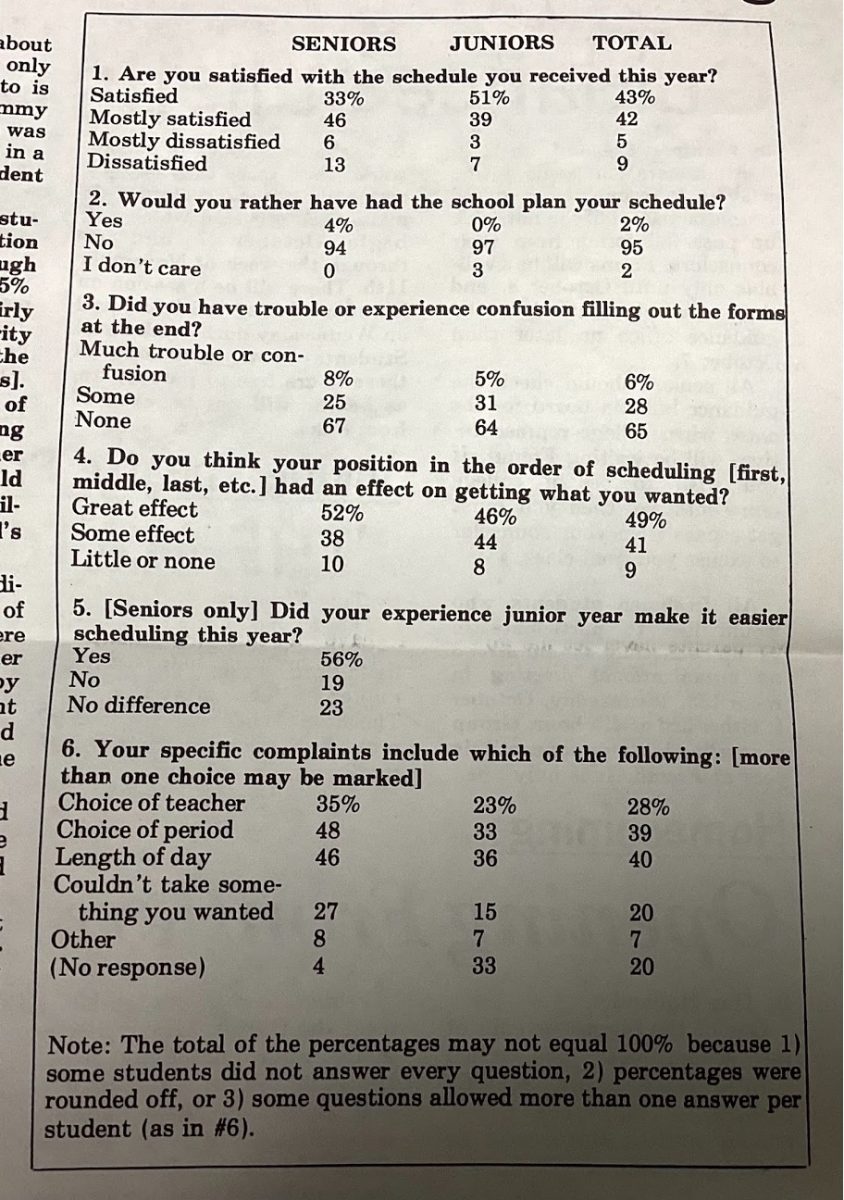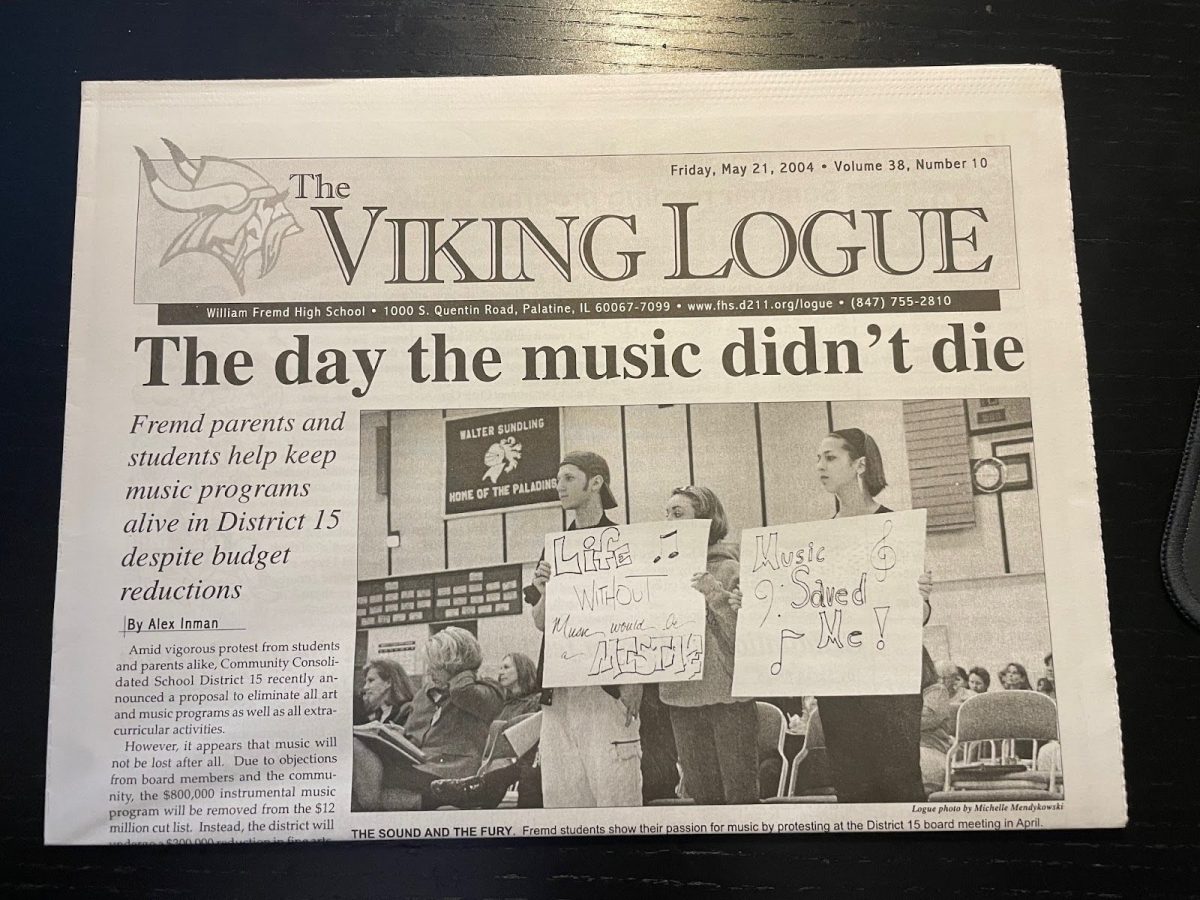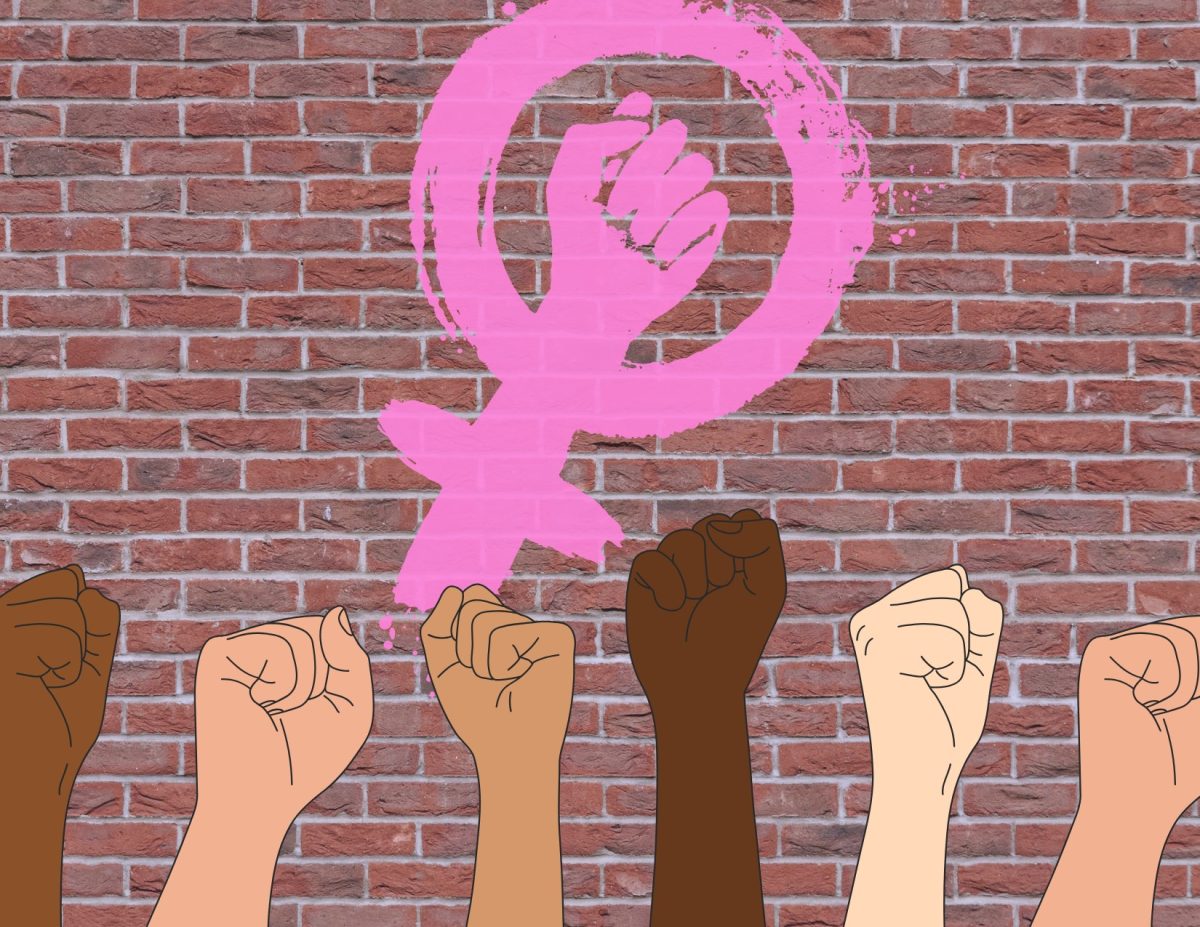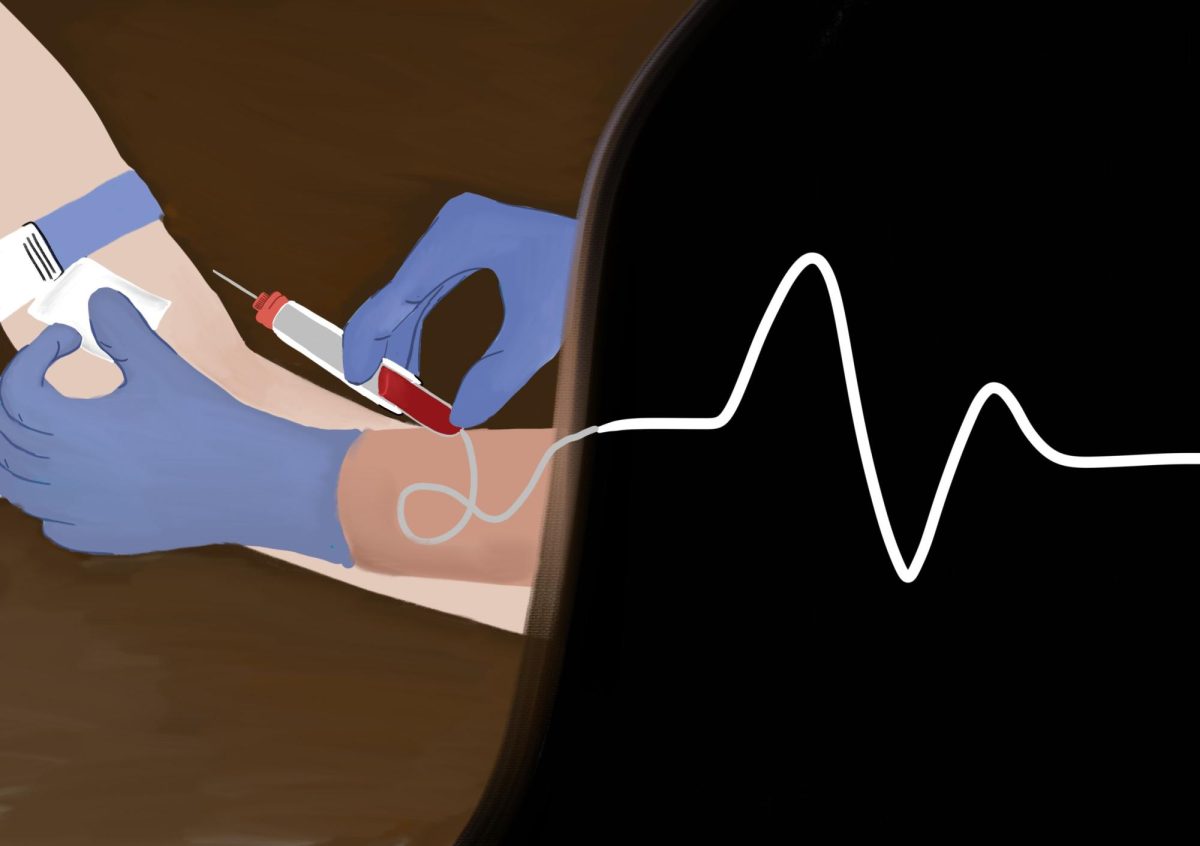In early August, Maui faced its worst natural disaster to date. Wildfires burned across the island, destroying homes, villages, and businesses. Many families have faced personal tragedies due to much of the island being burned, and there is a hefty amount of rebuilding to be done.
Prior to the start of the fires, high winds were recorded on Aug. 7, causing a warning to be issued. The high winds likely aided the rapid spread of the fires. On the night of Aug. 8, the brush fires were first reported. Fires spread through the historic town of Lahaina, located in Maui, and Kualono Place, located in Kula. The Lahaina fire was soon claimed to be “contained,” but it flared up again afterwards. Over 25,000 acres of land in Maui were burned.
Due to the swift spread of the fires, warnings about the severity of the situation couldn’t be issued immediately. Citizens were unaware of the increasing concern and damage done until after the fires started spreading. As firefighters worked to contain the fires, search and rescue efforts were underway. The death count was slowly rising, and many citizens were missing. The process of identifying the remains is slow, as many are unrecognizable and officials must resort to DNA testing. As of Sep. 16, 97 people have been killed and 31 are still missing.
Maximus Yarawamai, a 63-year old resident of Hawaii who traveled to Lahaina to offer help to the community, spoke with TIME about his thoughts on the wildfires.
“I don’t think we were ready for it. I think we never thought that this would happen in Hawaii. We’ve had fires but not this magnitude,” Yarawamai said.
While the cause behind these devastating wildfires is not fully known, experts say that extreme weather conditions, such as the high winds and drought environment, contributed to the start of the fires. The experts warn that due to climate change, extreme weather disasters will happen more frequently.
Maui county officials are suing Hawaiian Electric, the state’s biggest utility company, for not having efficient equipment to combat the fires. The officials have claimed that the electric company’s “intentional and malicious” mishandling of power lines let the flames spark.
Mikal Watts, lead attorney on the case, voiced his views on the controversy in an interview with NBC News.
“Hawaiian Electric is not just responsible and they weren’t just negligent. They were grossly negligent by making conscious decisions to delay grid modernization projects that would have prevented this very tragedy,” Watts said.
President Joe Biden and first lady Jill Biden visited Maui in late August to meet with the residents impacted by the wildfires. The president toured through Lahaina and walked by the charred remains of trees. They also participated in a blessing ceremony with Lahaina elders and took part in an event raising community spirits. President Biden signed a major disaster declaration for Hawaii in August that made federal aid funding available for Maui county residents to rebuild.
Standing in front of a revered landmark in Lahaina, President Biden gave residents of Maui promising words about the rebuilding process.
“We will be respectful of the sacred grounds and the traditions and rebuild the way the people of Maui want to build, not the way others want to build,” Biden said.
A month after the incident, Maui has slowly started rebuilding. The Environmental Protection Agency (EPA) claims that it has cleared around 350 sites of toxic materials, but there is still a long way to go. It is estimated to take over $5 billion to complete the rebuilding process from Lahaina’s fire and about $435 million to rebuild from the Kula fire, according to a Maui county release. Damage needs and estimates released by the PDC and its partners at the Maui Emergency Management Agency and the County of Maui Enterprise GIS Section are put into place to assist with planning, coordination, and a swift response between their partners on ground.






